Green Beret Blows Up Stuff with a Lightweight .50: The Desert Eagle L6—Full Review.

The Desert Eagle L6 is a behemoth of a .50-cal., but MRI managed to shave a full pound of weight off of it.
SPECS
- CHAMBERING: .50 Action Express
- BARREL: 6 inches
- OA LENGTH: 10.75 inches
- WEIGHT: 3 pounds, 7 ounces
- GRIPS: Rubber
- SIGHTS: fixed
- ACTION: Single-action
- FINISH: Stainless steel slide, matte-black alloy frame
- CAPACITY: 7+1
- MSRP: $2,054.00
Practical can sit down and shut its dirty mouth. A degree in accounting is practical, but you don’t see kids dressed up as Mr. McGillicuty from the local CPA office on Halloween. We want to tour with Spinal Tap, with all the drugs, booze, and groupies promised to a shooting star Rock God. And that is what the DE brings. It is fun to shoot in a way that is hard to describe with words. You had to be there, man. You had to be there. I giggle every time I spark this big bastard off. That has been true from the first shot to the last. I am absolutely unapologetic about the fact that I flinch every third shot. Most times when I pick up a pistol I feel its weight, or balance, or craftsmanship. When I pick up this .50, I feel destructive power. And it feels good.
Now, the most significant element of this new model, dubbed the L6, is the fact that it has a lightweight alloy frame. But, light is really a relative concept, isn’t it? The Desert Eagle .50 L6 is no small fry still for sure, but MRI has managed to shave some serious weight off the platform. The other DE .50s in the line-up weigh in at 4 pounds, 7 ounces, so we have dropped about a pound here on this new gun. That is quite a gain in a pistol of this size.
I must also admit, I didn’t know much about the caliber .50 Action Express when I received this gun. I assumed it was a lot like .50 GI, which you can convert a Glock or 1911 to shoot. Why do you shoot a .45? Because they don’t make a 46! .50 GI is essentially just slightly larger diameter 45 ACP. To me, that is a solution looking for a problem. Not so the .50 Action Express. This thing is a monster. I almost loaded my shorts when I first popped open the Hornady box. The cartridge is comparable in size to Off The Res 6’s thumb. 350 grains of kick-your-ass moving at 1,320 FPS is serious business.
For testing purposes, we used both Hornady 300 grain and MRI 350 grain. Both cycled equally well, and the Hornady XTP adds new meaning to the phrase “chucking ashtrays.” The abyss they call a hollow point on this bullet is absolutely massive. The MRI ammunition was a soft point FMJ, which would be more than adequate for social work in this loading. The MRI averaged about 1,320 FPS as mentioned, while the 300-grain Hornady was 1,385 fps.
How was the recoil you ask? It was present, to say the least. I credit the dual recoil springs that are present in the Desert Eagle design, and they are quite heavy, with eating a lot of that. But if you were concerned about recoil, you wouldn’t be looking at this gun. I did manage to empty the gun (7+1 rounds) in under two seconds, mostly on target, but you will feel it. Trust me.
How did it do on paper? I didn’t even bother. I already admitted I flinch a lot shooting this gun, so that is kind of unfair to the group size. And for me personally, shooting 300 grain Hornady XTP at paper would be sacrilege. Why would you shoot at paper, when you can shoot at things that explode? The closest I came to an accuracy test was golf balls at 10 meters. The answer is 1.) yes, it is accurate enough to do that and 2.) the result was hilarious.
How about reliability? I did have a couple times when the slide didn’t go all the way into battery with the next round in the magazine. No failures to eject, but a few failures to finish the cycle. I will assume all fault for that, it was literally raining soda and pieces of fruit when I was testing. No gun was meant to be subjected to that. Also, I am not too proud to admit I may have been limp-wristing the gun a bit after 200 rounds in an afternoon. That is a lot of bang in a man-sized caliber.
I also liked that Magnum Research went ahead and milled full-size Picatinny rails on both the frame and slide. With a gun this big, why not? I first put a full sized Surefire Scout Light on the pistol in jest, but it did fit. And if you are carrying something this big, why not? Ditto for the Aimpoint I put on top, and a 1×6 wouldn’t have been out of place.
The way the MRI 50 works is a pretty marvelous piece of engineering as well. One drop of a lever and the entire barrel comes off, and it is a pretty serious barrel. The “upper” weighs as much as most pistols, and you wouldn’t want it any lighter.
By far the most unique part of the DE .50 is the fact that it is gas operated rather than recoil operated and employs a rotating bolt. That it actually uses a true bolt is quite different in its own right. The bolt looks like a modified AR-15 one, and it rotates in the same way to lock and unlock the action. If nothing else, it is at least very cool.
The dual-recoil springs look like they have been scaled down from a MK 19 Grenade launcher. That being the full-auto, belt-fed grenade launcher in use for decades in the US. They certainly work, and it adds to a military feel to the design of this weapon. I was a bit less in love with the springs after I spent an hour putting the gun back together the first time, but they do mitigate recoil quite well.
The frame in this lightweight version is all aluminum, and it is remarkably light with the slide off. We will have to wait and see how durable this frame is with such a heavy round, but if aluminum is good enough for mach-speed aircraft, it is probably good enough for this. Rounding out the frame is a very large rubber, one-piece wrap around grip, that your hands will thank you for. I was quite happy with how the grips felt during use.
The DE .50 is a single-action-only gun. The safety is slide mounted, and is a safety only, not a decocker. The only part of the Desert Eagle I didn’t care for was this. I would have preferred a “down to fire” safety, even if it was slide mounted. Pushing a safety up while assuming a firing grip is not a natural action for those of us used to American handguns, and it is a bit awkward on a gun of this size. The trigger is pretty good, as it should be in a single-action-only gun. The test model broke consistently at 4 pounds, 7 ounces, with just a small bit of take up, and a small bit of creep. It’s not a 1911, but it’s not bad all things considered.
So, overall, what was my take away from the gun? It was extremely fun to shoot, and that is a purpose all in itself. I haven’t had that much fun shooting since I got my first semi-automatic shotgun, at which point I just walked around my range for an afternoon shooting down saplings and auto glass. I smile every time I shoot this Desert Eagle, and that is quite a value in itself. I might be smiling less if I had to feed it at $2.00 per round, but it is a great toy. And certainly unique. If you are already bought up on TEOTWAWKI guns, this makes an excellent edition to your collection. Like a lift on your Prius, it is certainly a head turner, and if you have the means, it is hard to pass up.






































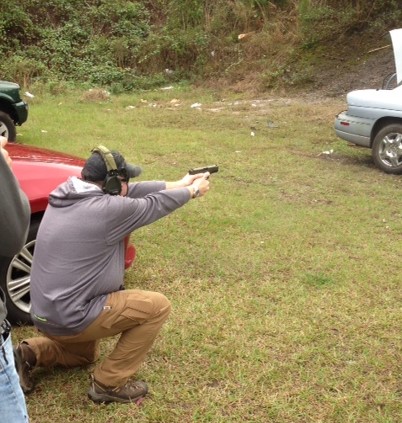
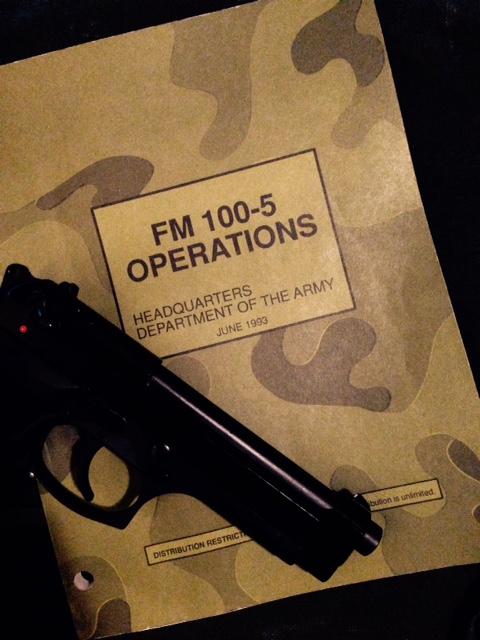
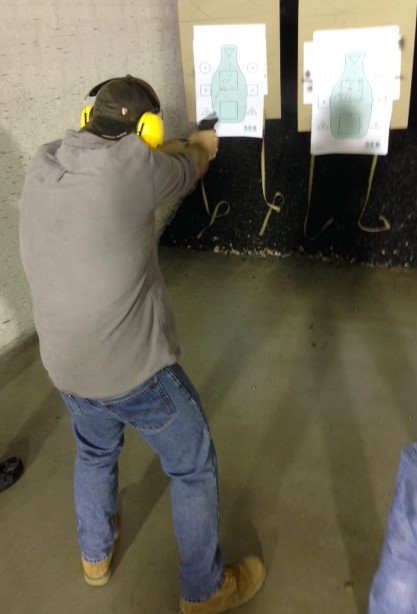
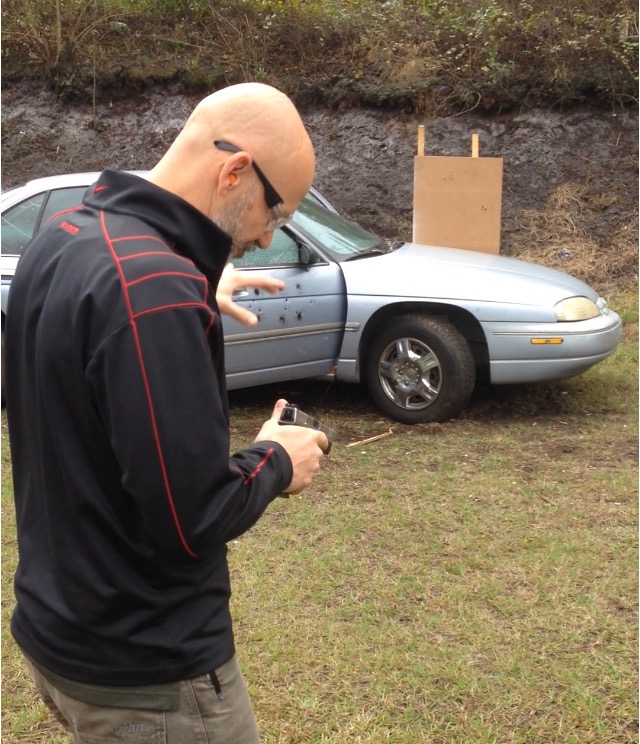

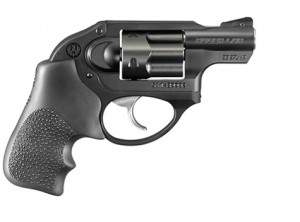 The
Ruger LCR gets high marks for shooters with low hand strength. The LCR
stands for “Lightweight Compact Revolver” which would lead you to
believe it fits at least a few of our criteria right off the bat. It
does.
The
Ruger LCR gets high marks for shooters with low hand strength. The LCR
stands for “Lightweight Compact Revolver” which would lead you to
believe it fits at least a few of our criteria right off the bat. It
does.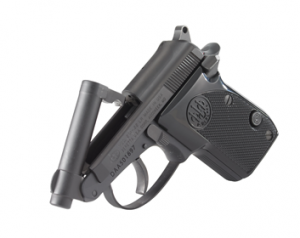 The
Beretta Bobcat is another compact and lightweight entry for seniors who
may have difficulty racking a slide or holding a heavy handgun steady
on target. Designed to serve as a lightweight pocket gun, the Bobcat
naturally solves many of the issues facing seniors.
The
Beretta Bobcat is another compact and lightweight entry for seniors who
may have difficulty racking a slide or holding a heavy handgun steady
on target. Designed to serve as a lightweight pocket gun, the Bobcat
naturally solves many of the issues facing seniors.
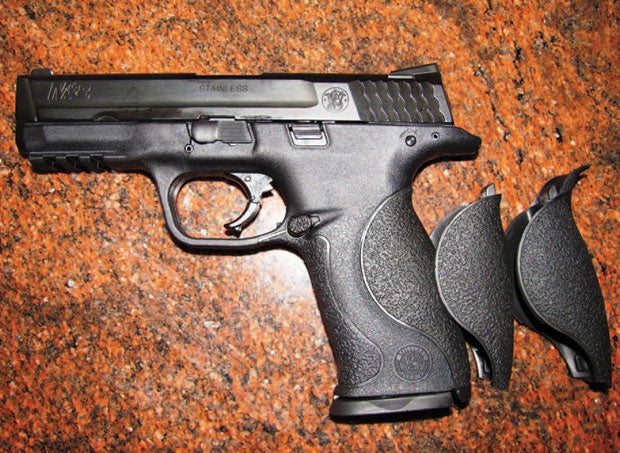 The
M&P series is well-known for delivering a high bang-for-the-buck
factor. For those with arthritis and or other issues that may affect
their grip strength, the M&P also offers adjustable back straps to
better fit your hand.
The
M&P series is well-known for delivering a high bang-for-the-buck
factor. For those with arthritis and or other issues that may affect
their grip strength, the M&P also offers adjustable back straps to
better fit your hand.
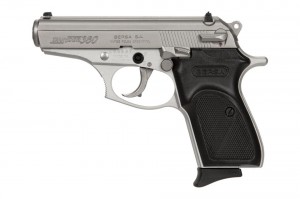 The
Bersa Thunder is a very popular gun for a laundry list of reasons. This
gun is small, high quality, easy to operate, and last but not least
inexpensive.
The
Bersa Thunder is a very popular gun for a laundry list of reasons. This
gun is small, high quality, easy to operate, and last but not least
inexpensive.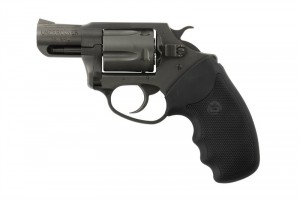 When
it comes to self defense weapons that are safe, straightforward, and
easy to shoot, it’s hard to beat the good old fashioned snub-nose
revolver.
When
it comes to self defense weapons that are safe, straightforward, and
easy to shoot, it’s hard to beat the good old fashioned snub-nose
revolver.